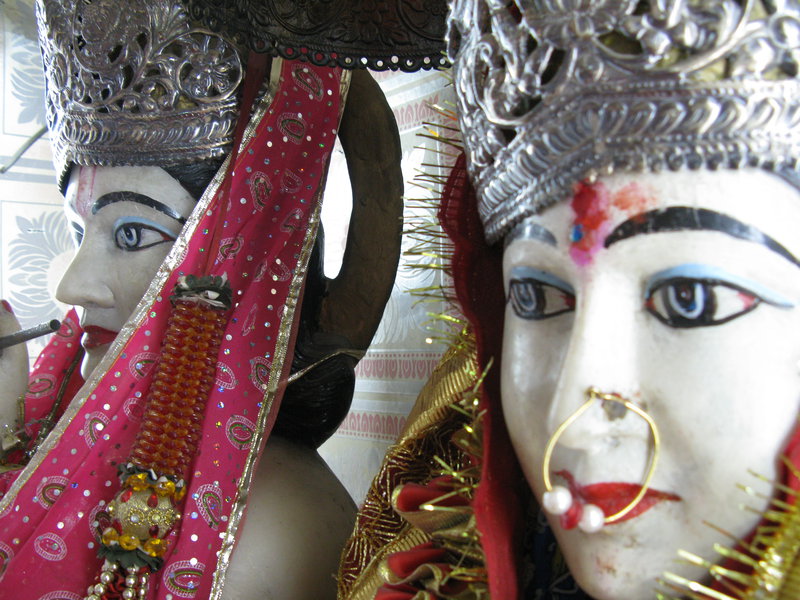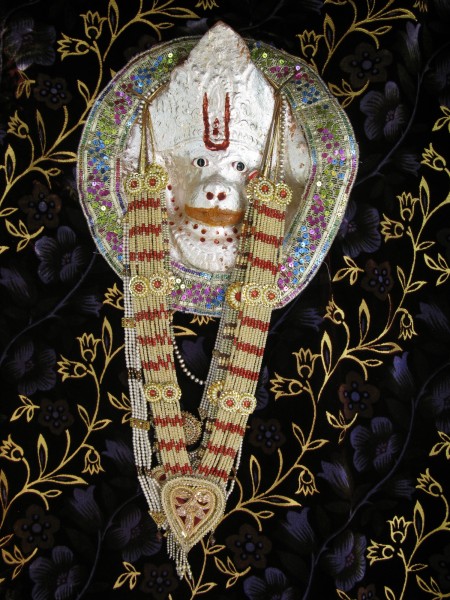
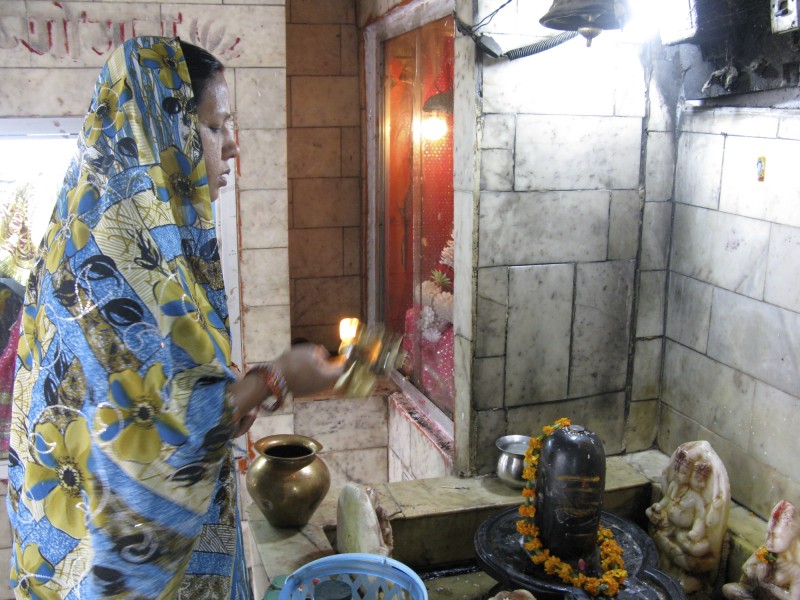
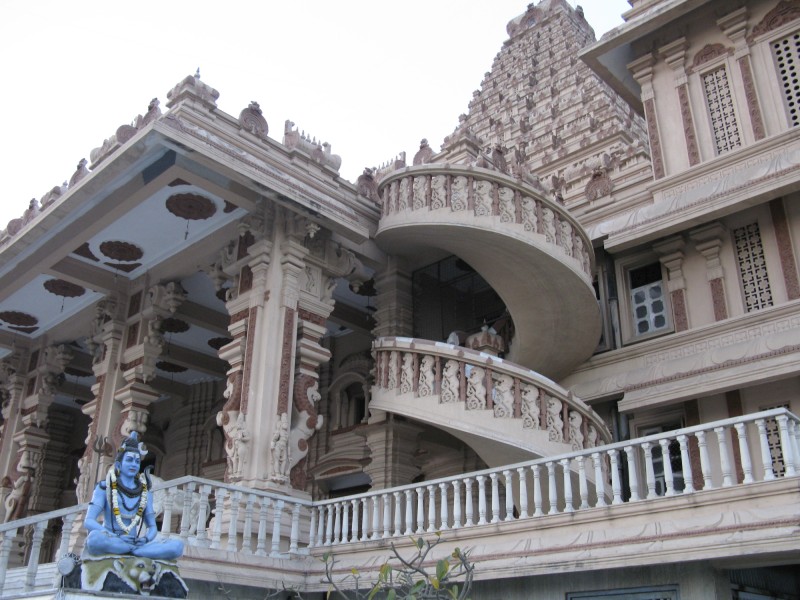
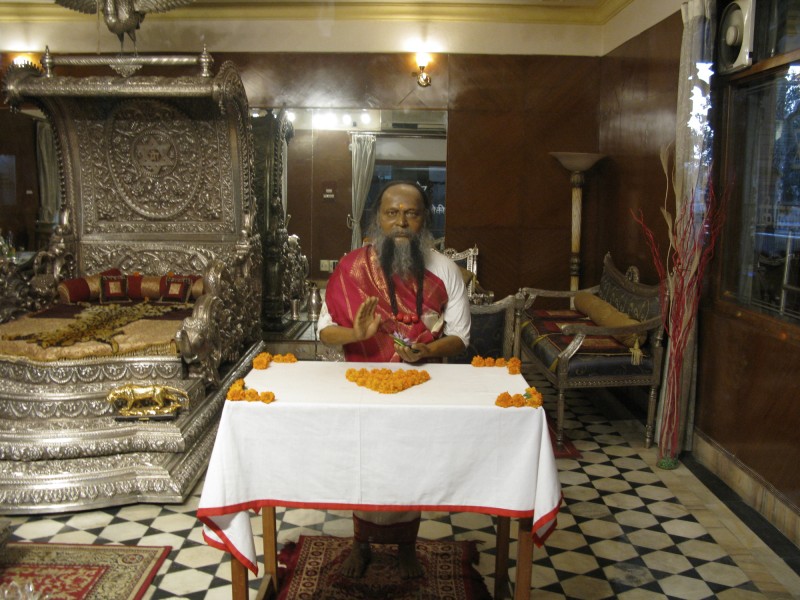
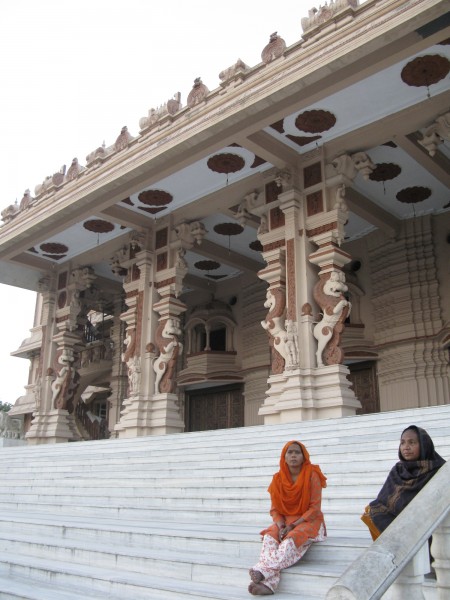

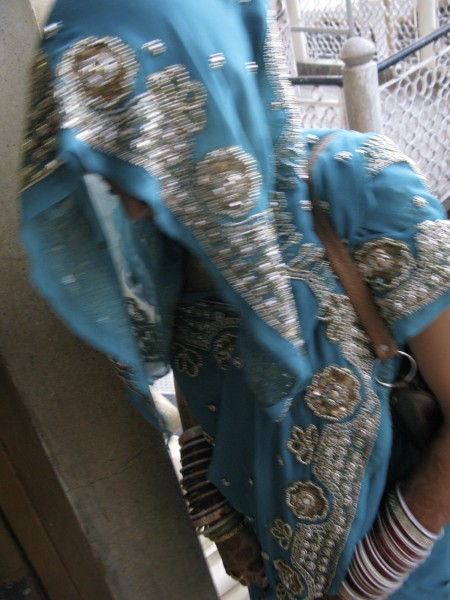
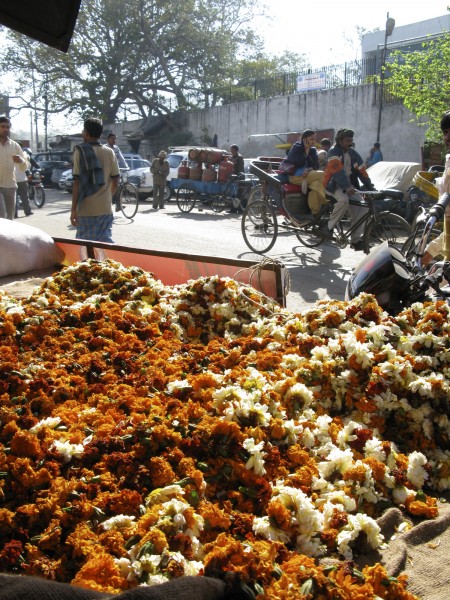
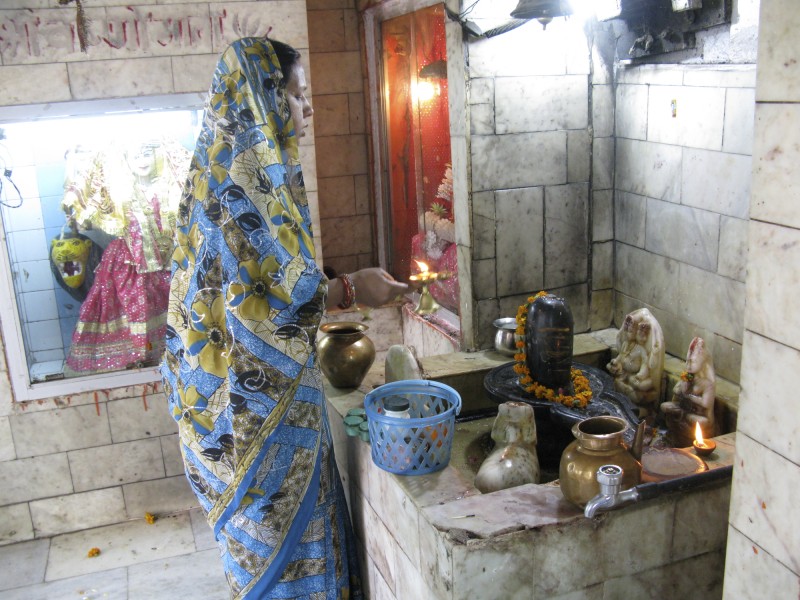
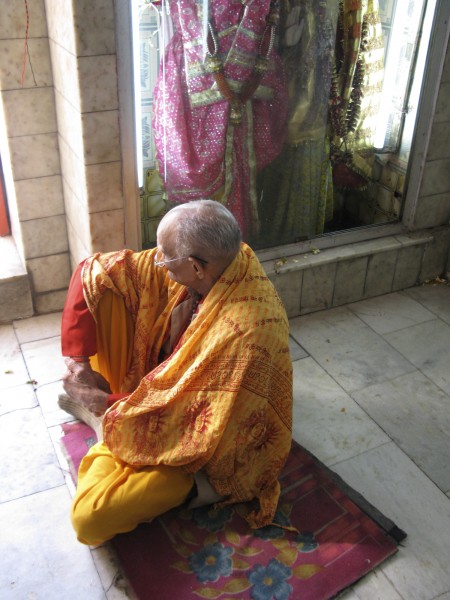
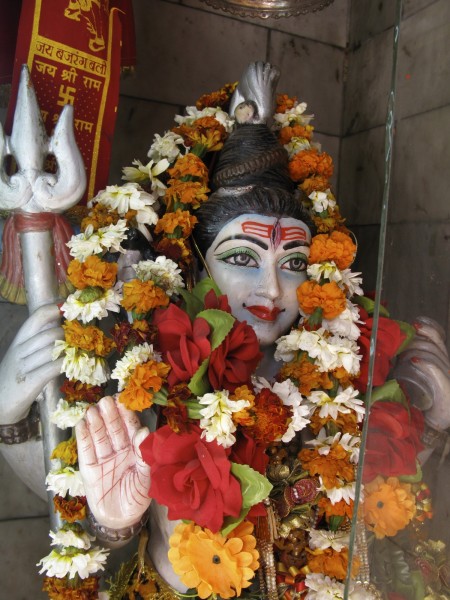
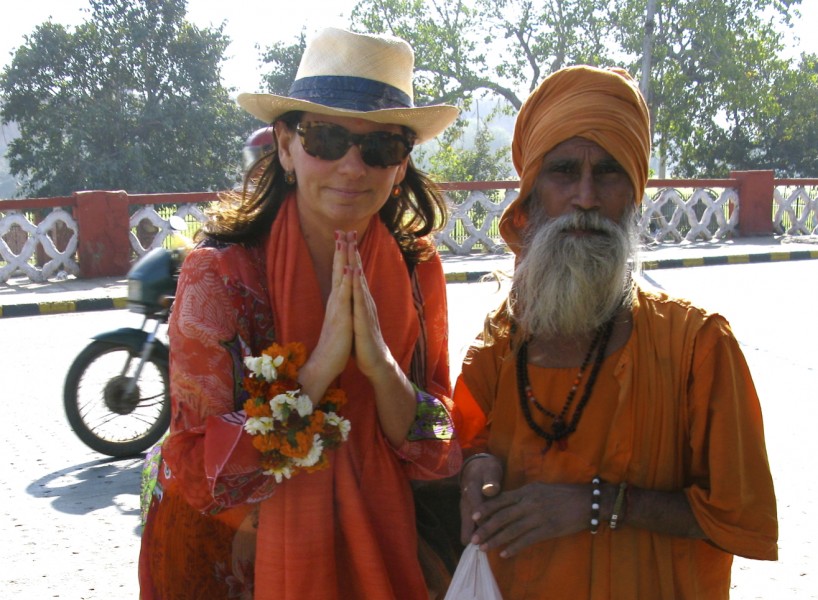
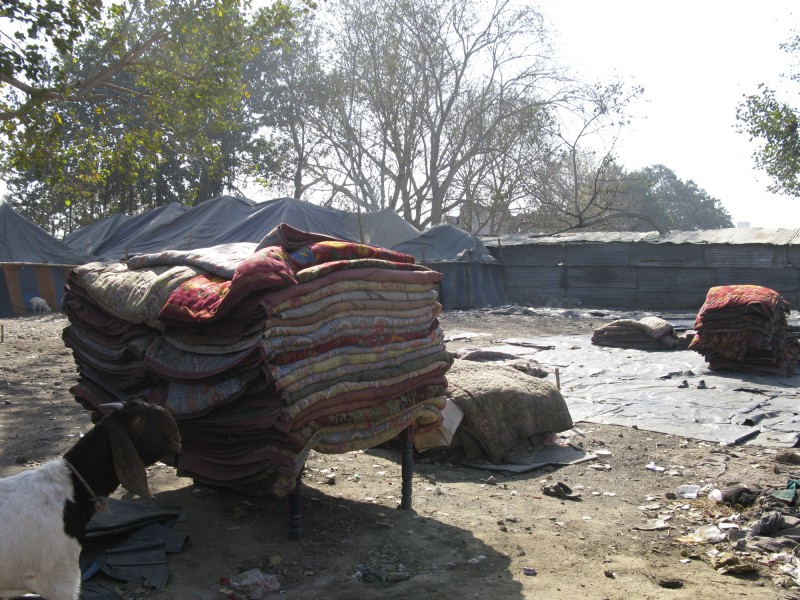
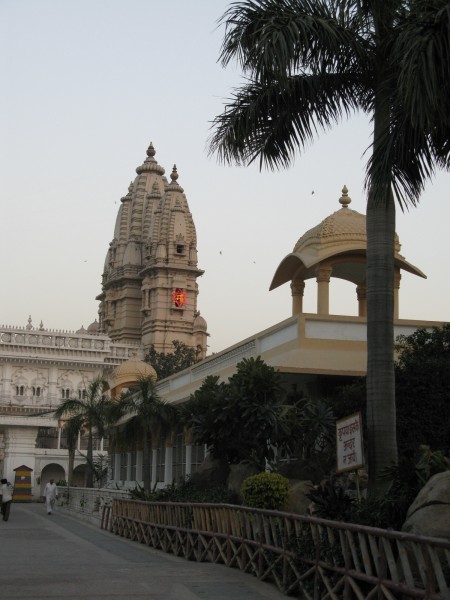
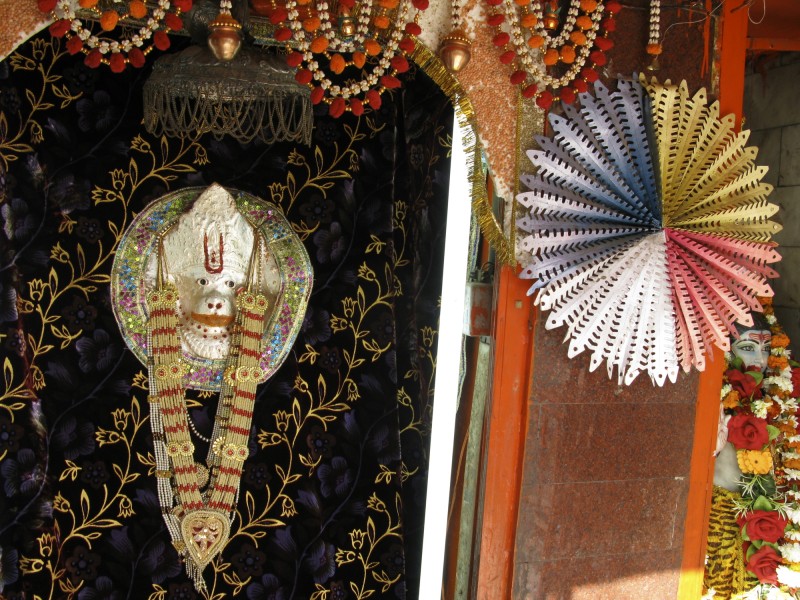
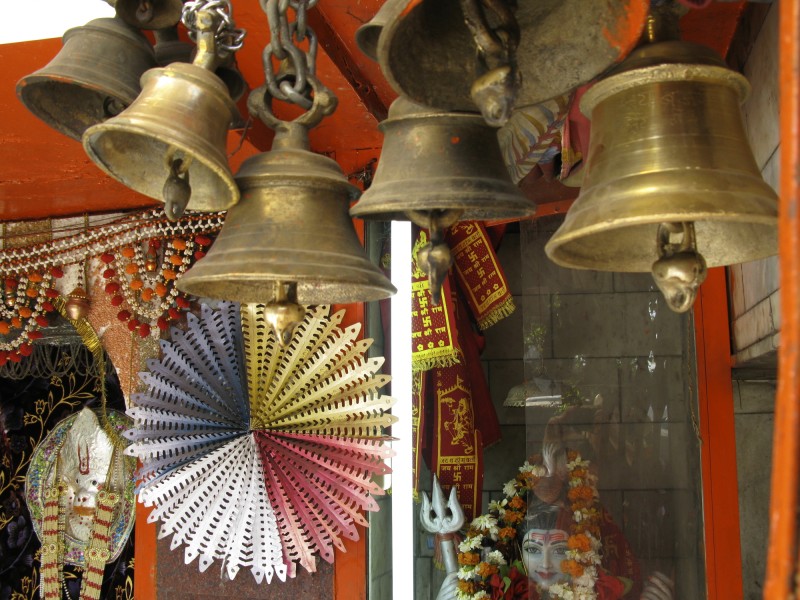
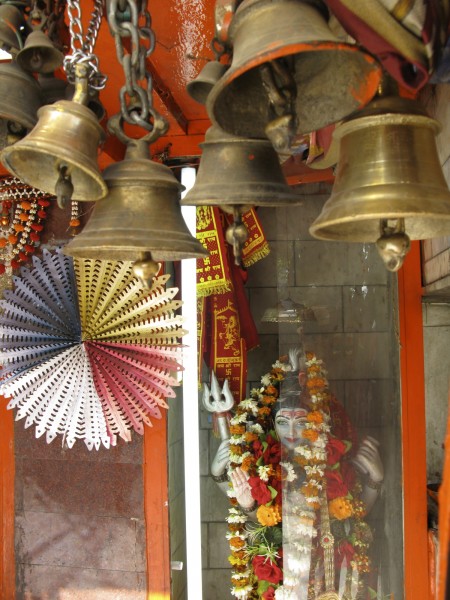
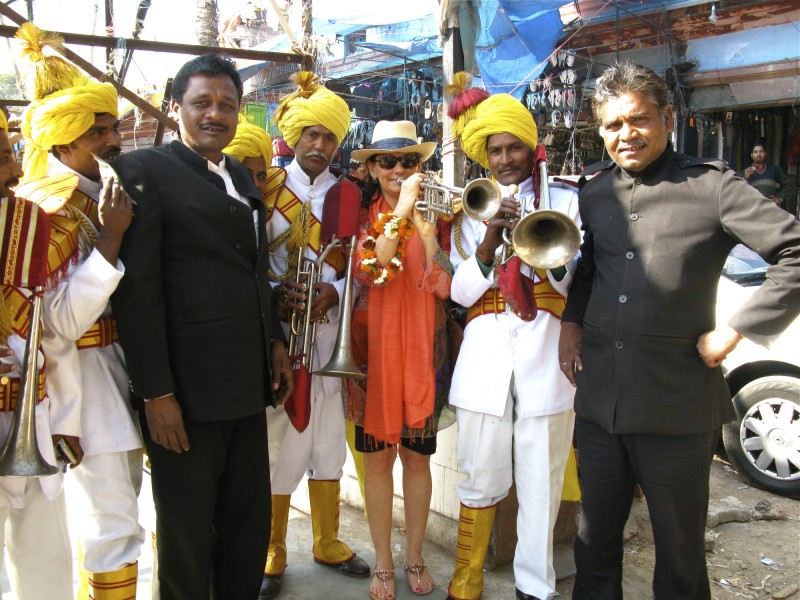
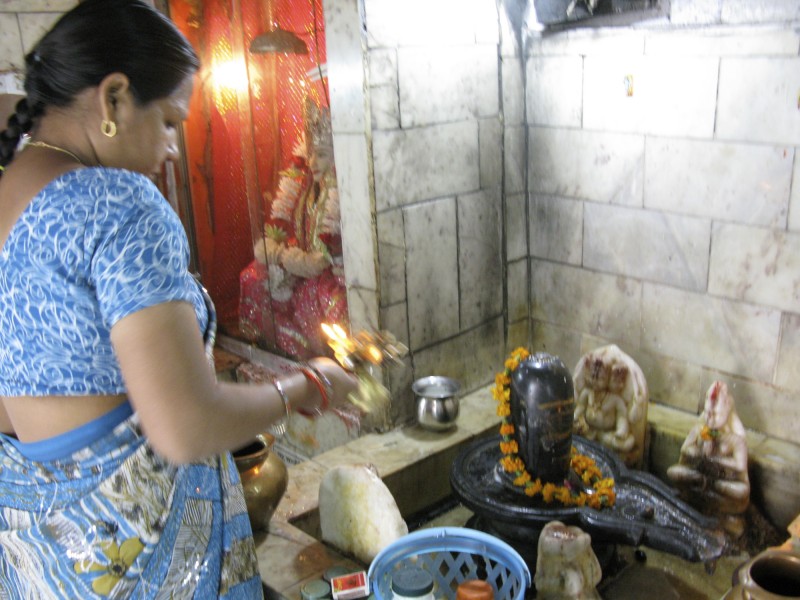
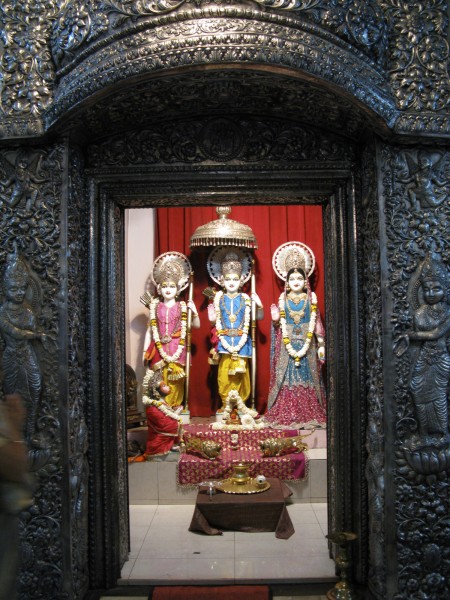
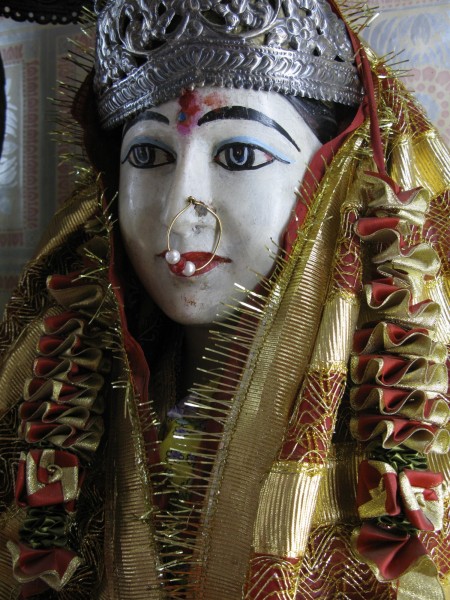
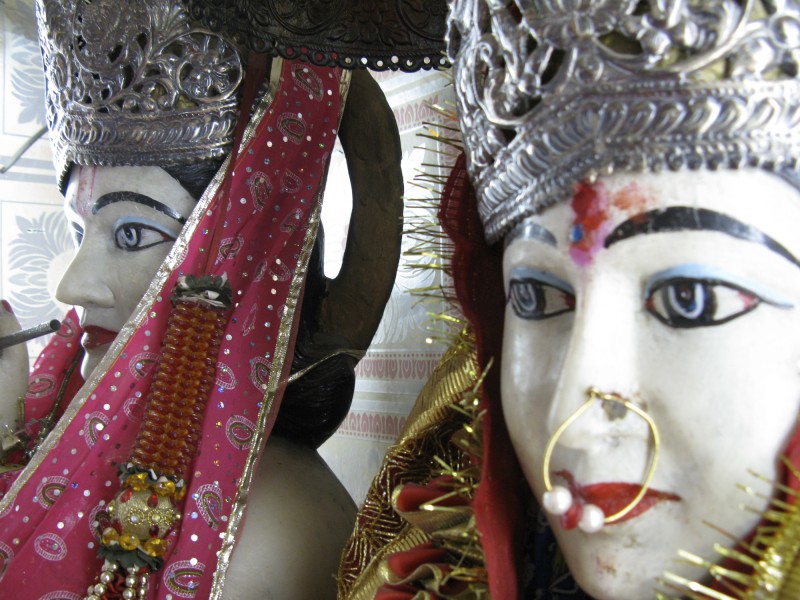
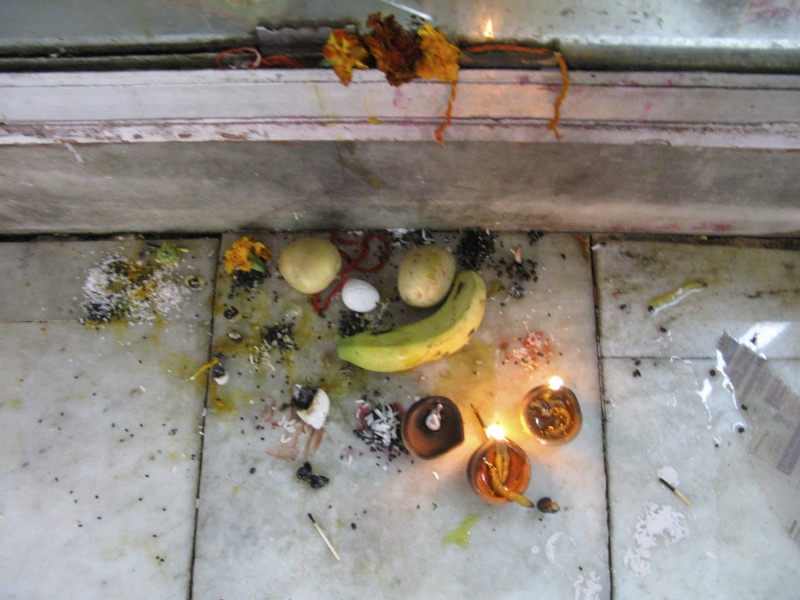
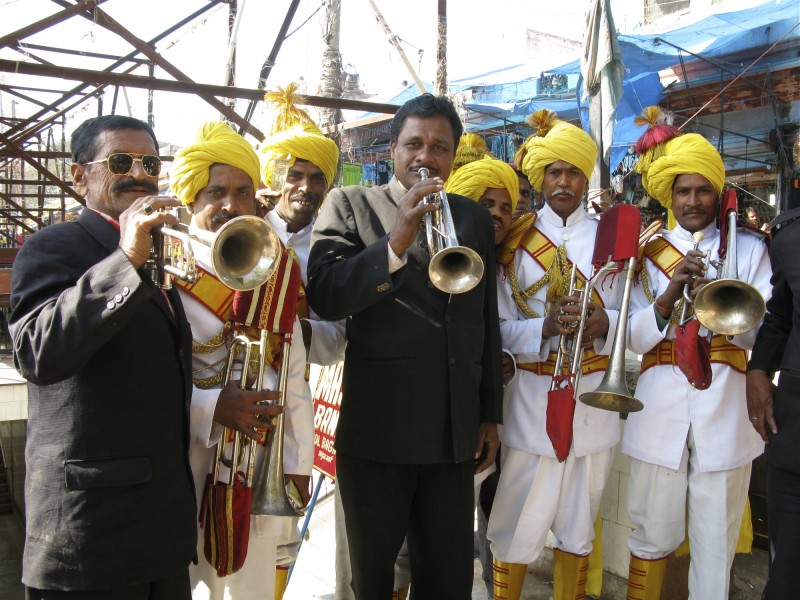
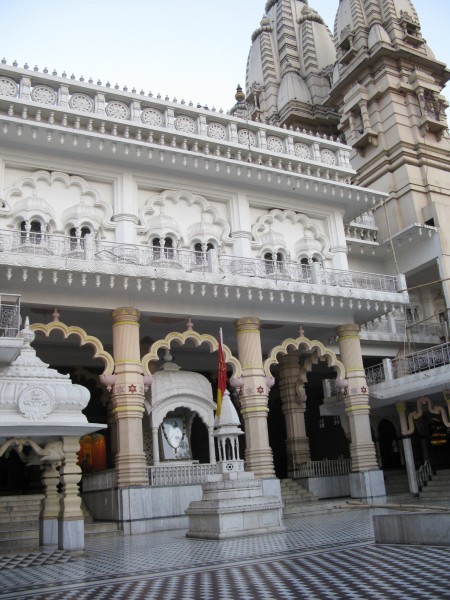
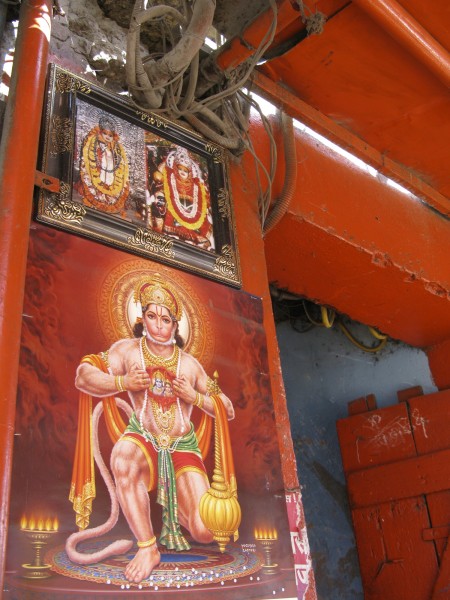
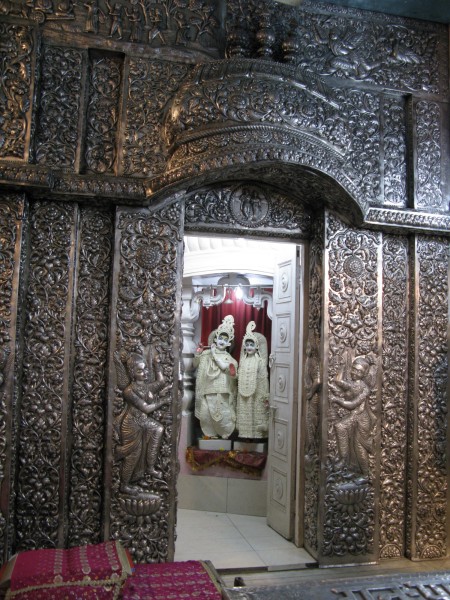
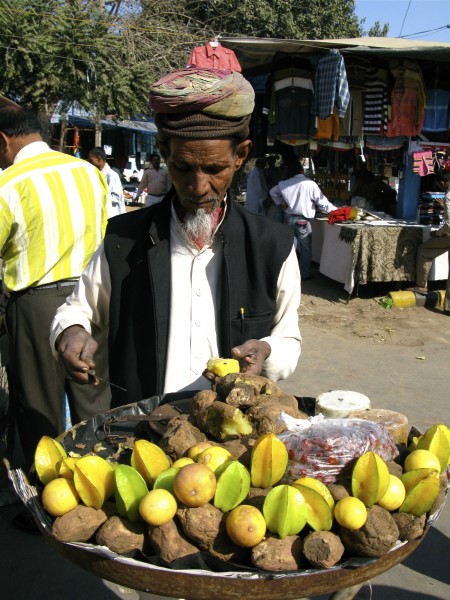
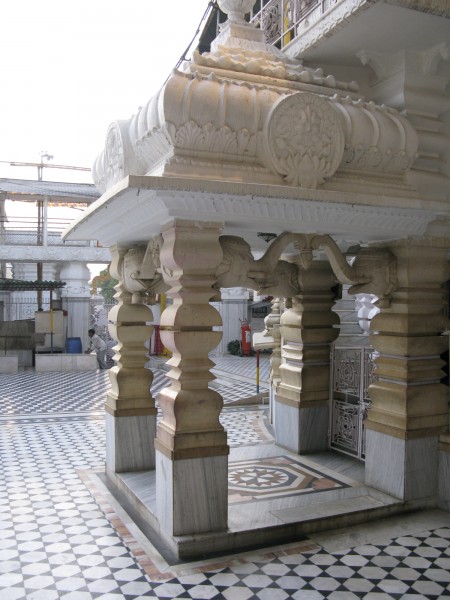
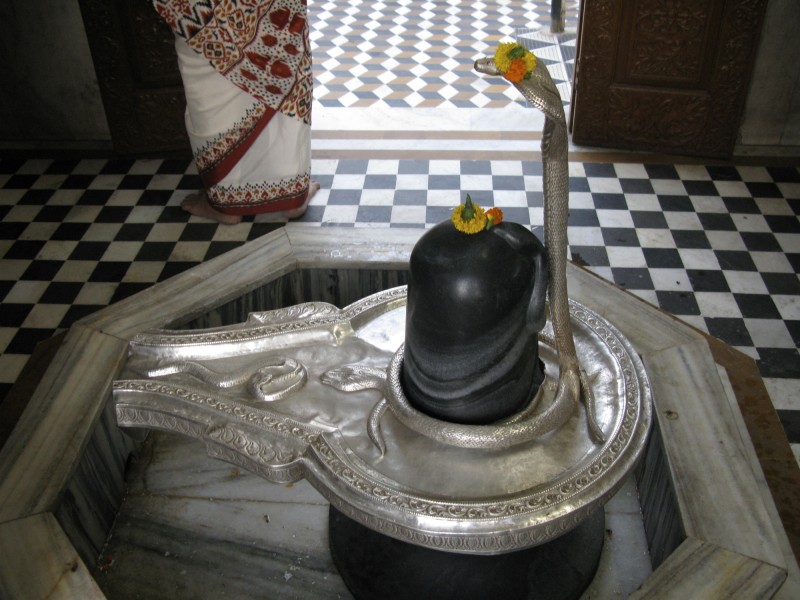
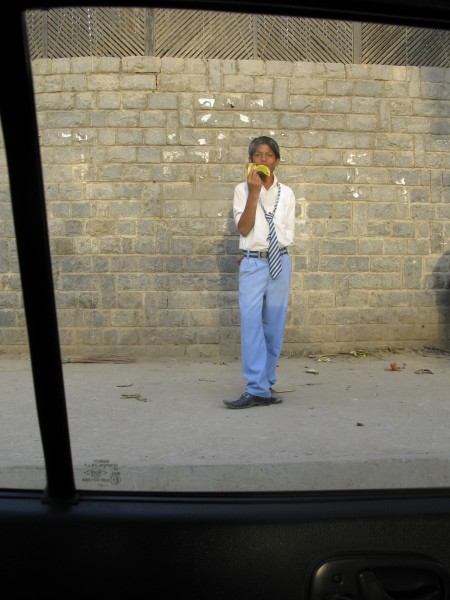
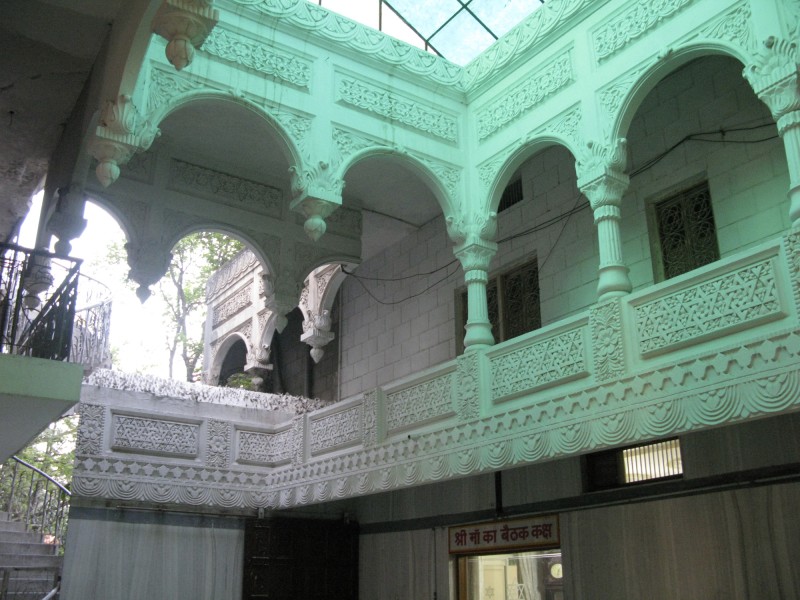
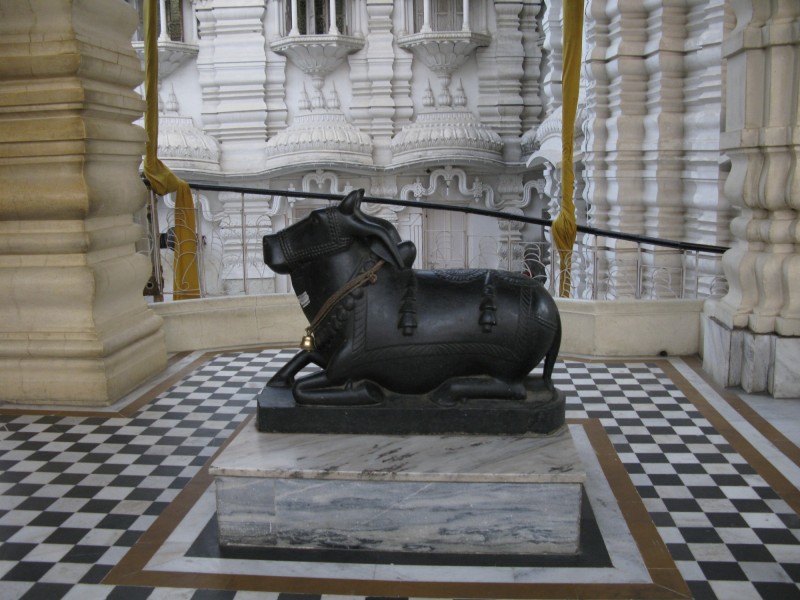
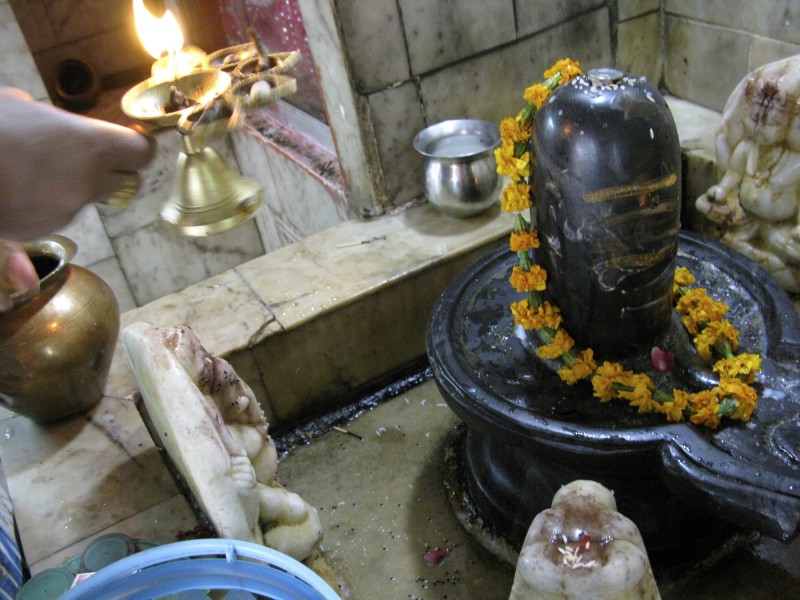
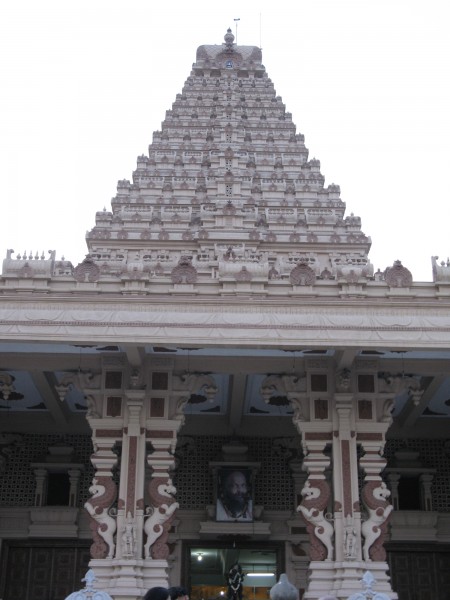
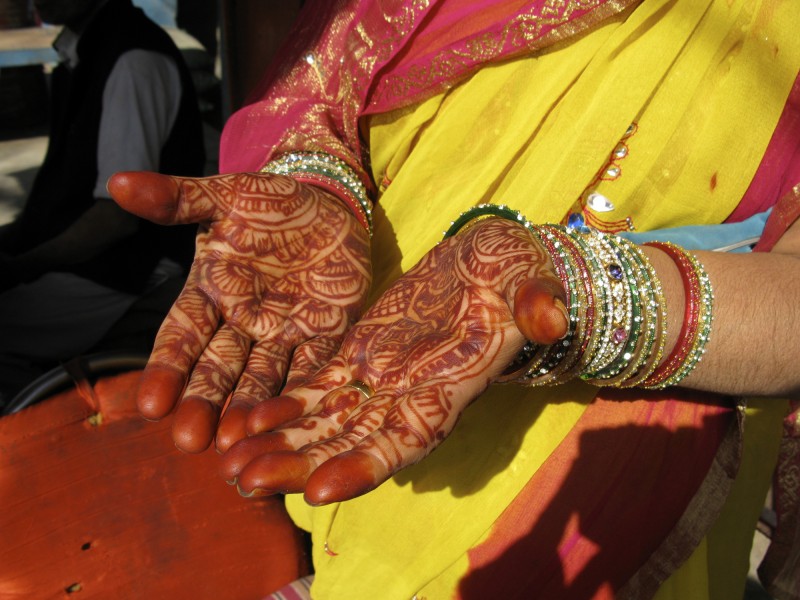

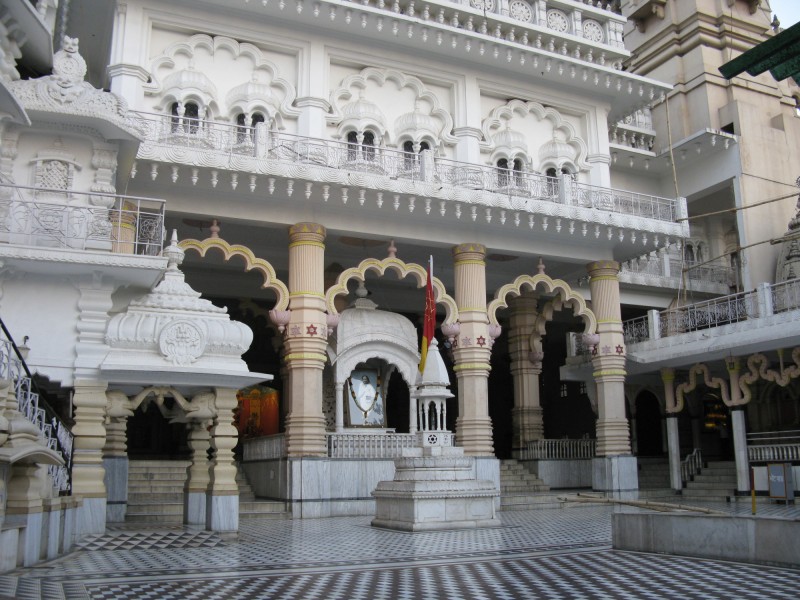
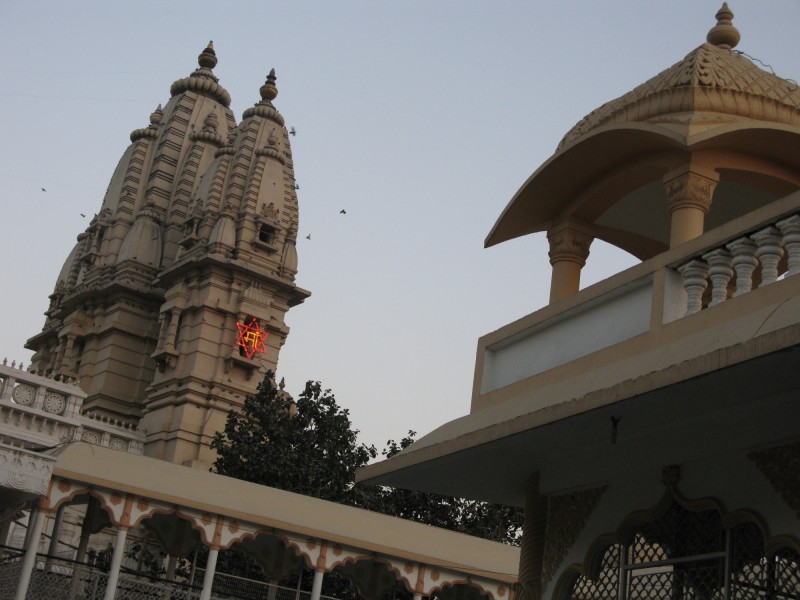
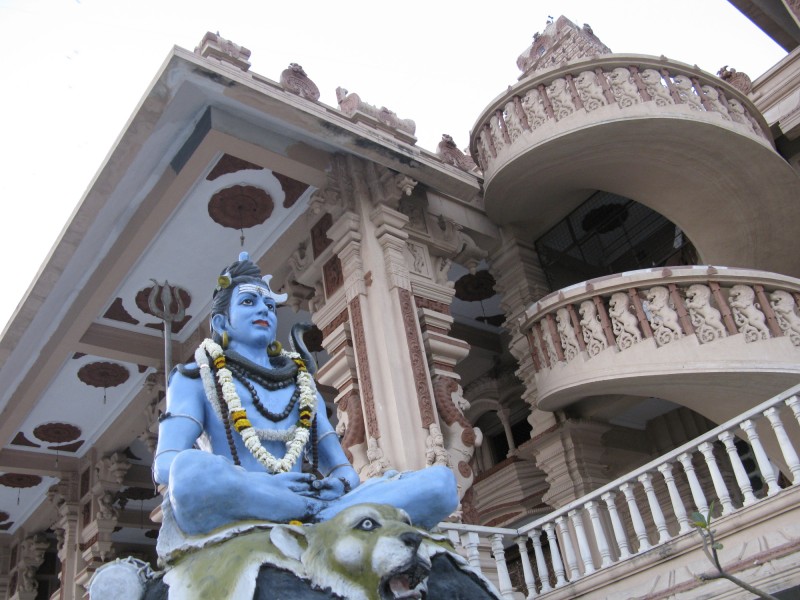
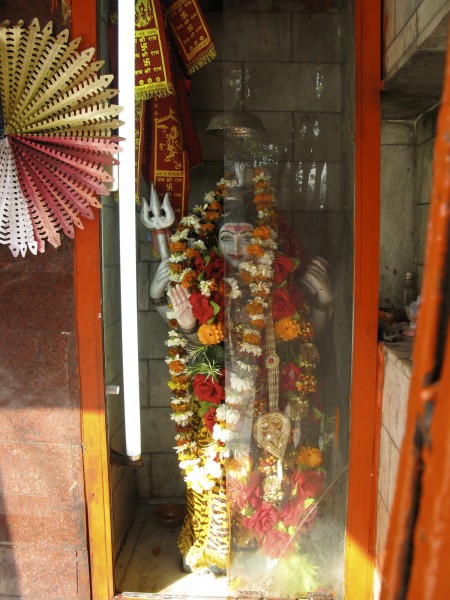

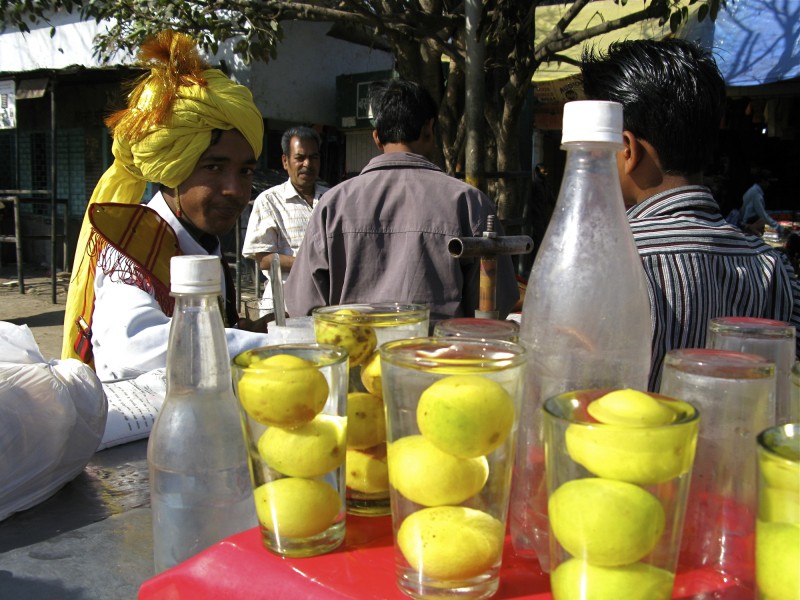
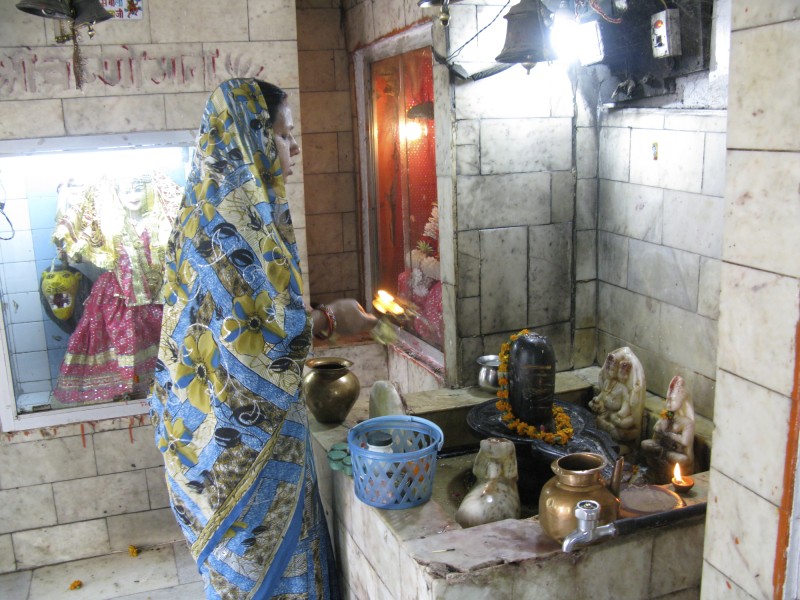
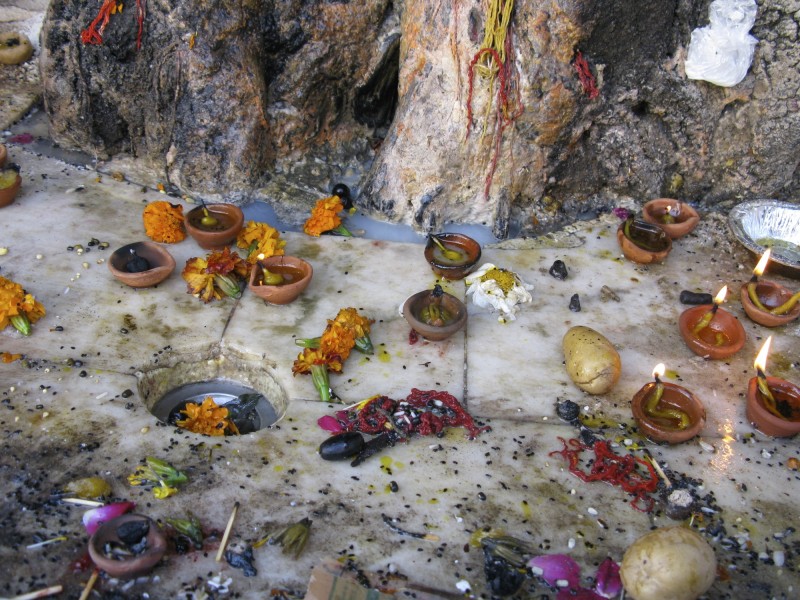
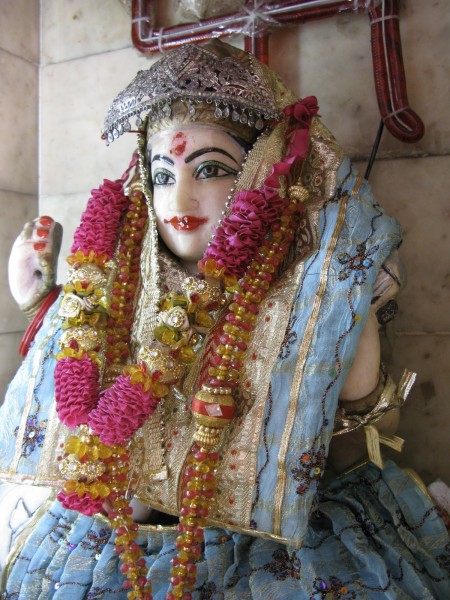
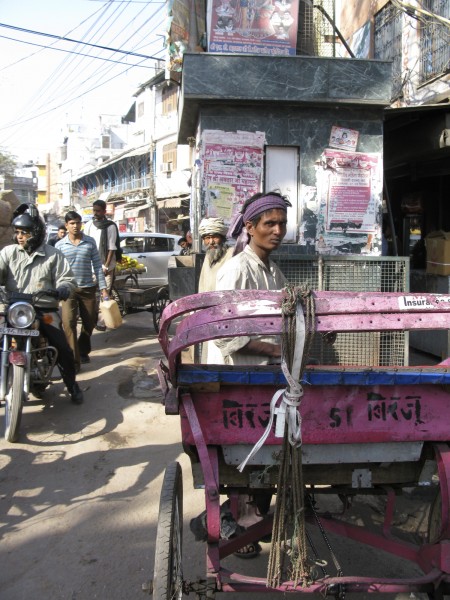
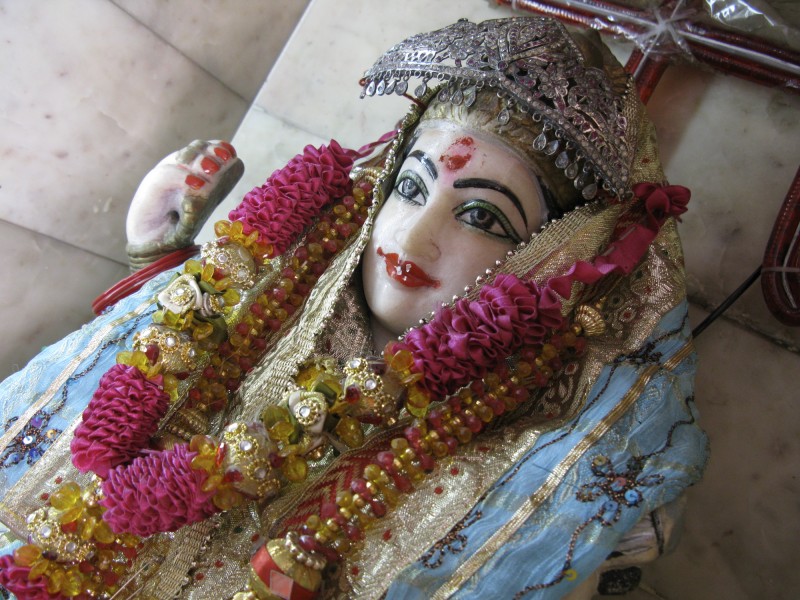
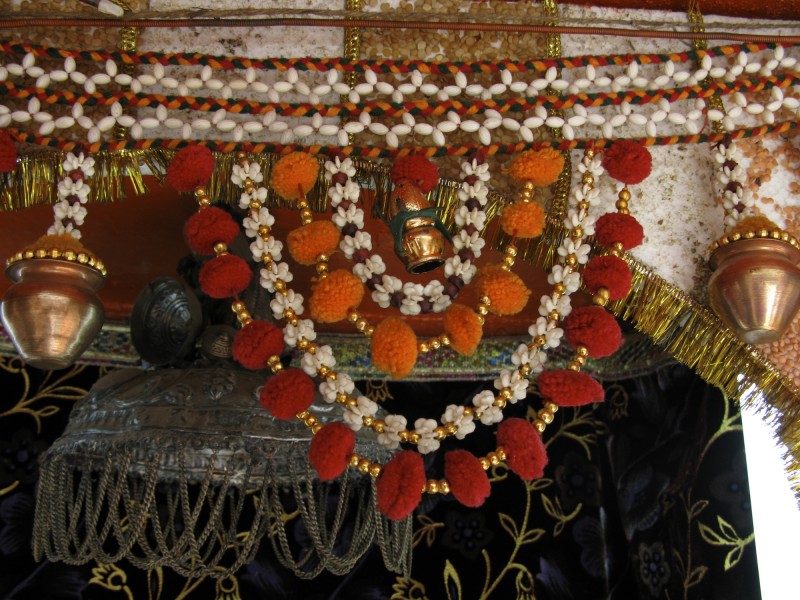
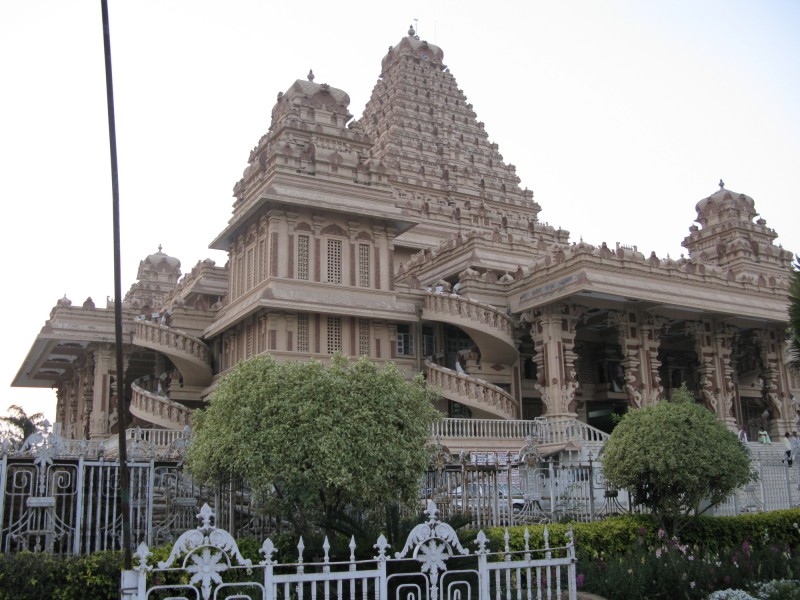
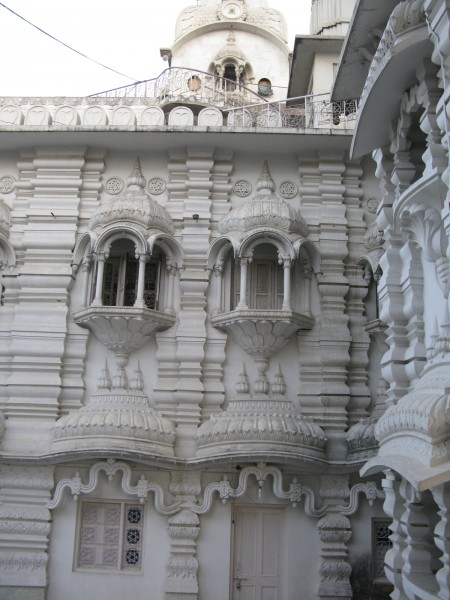
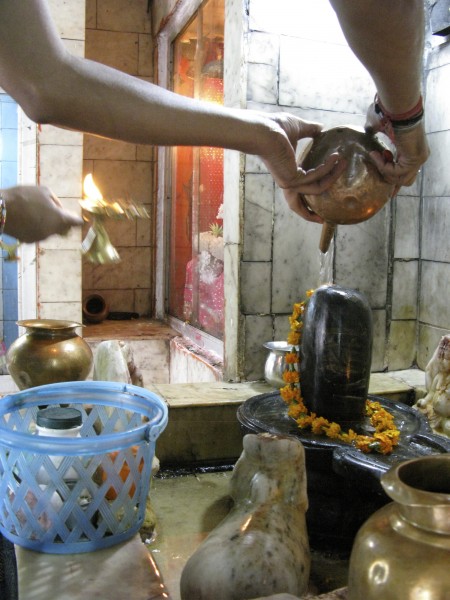
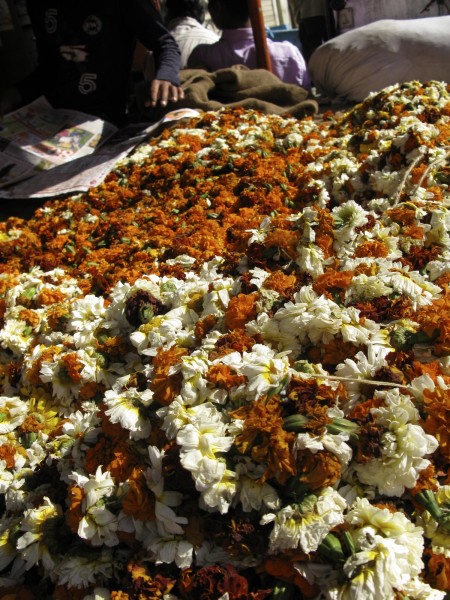
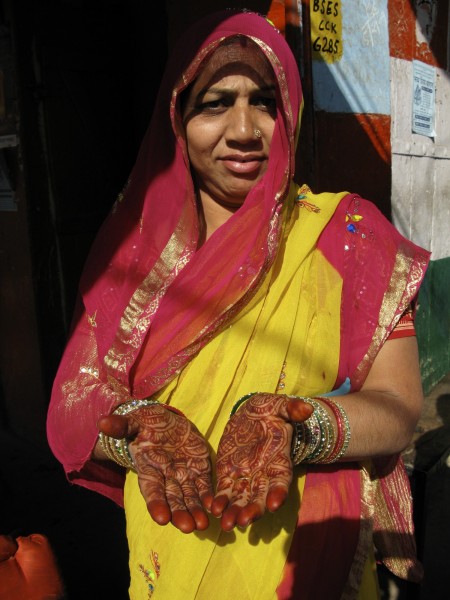 The majority of India’s population are Hindu, while around 200 million (20 per cent) are Muslims. Several other religions such as Sikhism, Buddhism, Jainism, and Christianity, also flourish.
The majority of India’s population are Hindu, while around 200 million (20 per cent) are Muslims. Several other religions such as Sikhism, Buddhism, Jainism, and Christianity, also flourish.
Jawaharlal Nehru saw unity in this diversity, and the Constitution of India declares it to be a secular republic where the state has no official religion and all faiths can be freely practiced.
Taboos are attached to all religions, but it is especially important to be aware of the sacredness of the cow and the avoidance of cowhide products (such as shoes and bags), among Hindus. Muslims have a taboo regarding pork and pigskin products. Sikhs and Parsis don’t smoke tobacco. With these in mind you can freely walk your way around India’s pluralistic society.
The bedrock of Hinduism constitutes the four Vedas and the Upanishads, which are a holistic compilation of knowledge, philosophy, and ethics. Yet, Hinduism is not a religion of the Book, but a way of life that has systematically evolved over the years. In practice, Hindus worship a huge pantheon of gods and goddesses whose iconography has always fascinated me.
Socially, they are divided in four castes: the upper caste Brahmins (priests), the Kshatriyas (warriors ), the Vaishyas (merchants and traders) and the lowest caste,Sudras (workers). The caste system envisioned society as an organic whole with each part or caste performing a vital function.
The traditional family structure was that of joint family presided over by a patriarch. This is now fast disappearing in urban cities like Delhi. Yet, Sanskara, traditional values are still instilled into children and complicated rites mark each stage of orthodox Hindu life.
There is also an aspect of Hinduism which shuns idol-worship and prefer to concentrate on larger philosophical issues. Sadhus who wear saffron to indicate their retreat from material world are its most visible practitioners. They hold the most respected position in Hindu society.
The great pantheon of Hindu gods and goddesses is a bewildering array, ranging from anthropomorphic symbols and shapes to exotic half-human, half-animal forms. Each god has a personal vahana (vehicle) and symbols of power. Although community worship takes place in temples, especially on festivals, for most Hindus the home – with its own shrine and personal deities – is where the daily prayer puja (prayer) is conducted.
The Hindus pray in mandirs, or temples, which are found everywhere. Although the inner sanctums in many temples are off-limits to non-Hindus, I have been able to secretly sneak in. My hands and legs trembled in front of sacred rituals where certainly my camera was not allowed…but something told me that I had to try to take some shots. For several days – with a feeling of guilt – I explored the curiosity of my soul pilgrimage, leaving my shoes at the door and my camera hidden in my pocket in every case.
More than once I was told by intimidating shoe-keepers and security guards that deities cannot be photographed and again I wouldn’t understand why, when I could walk down Chandni Chowkalleys and purchase the exact same idol representing the same energy for just a few rupees.
When visiting the beautiful and impressive shrines around the city, guides would tell me that Shiva was temporarily moved to another room for maintenance and Ganesha would replace him until the statue was fixed.
Some animals, such as monkeys, bulls, elephants and eagles are reverted in the Hindu faith. Temples to Hanuman, the monkey god, are found in every corner of the town. Hanuman‘s wisdom and strength make him the patron god of Indian wrestlers.
Every Tuesday morning and at lunchtime, long lines stretch out in front of one of the most famous temples in Delhi as office workers come to say their prayers to Hanuman‘s day. It is therefore auspicious to offer sweetmeats and fruits to live monkeys as they wander in hordes near temples and in the old part of the city.
Hindus believe in one God: Brahman the Supreme, the ultimate ineffable reality. Their rich imagination has given concrete form to different aspects of the mind, and the many faces of reality are depicted by rich imagery.
Trimurti (the threefold manifestation) symbolizes three aspects of Brahman, Brahma is the creator and the first member of the trinity. Vishnu is the preserver or sustainer. Shiva is the completer or destroyer. The gods go through the same experiences as humans on earth,and so people can relate to them.
Hindus generally fall into three broad groups of adherents: Vaishnavites, followers of Vishnu and Khrishna; the second consists of Shavited, the followers of Shivam. The Shakti cults form the third group and are devotees of the mother goddess. Babas and Gurus (venerated holy men) wander through the streets.
Sva-dharma (personal duty) is all-important in the Hindu faith. The Bhagavad Gita is clear that it is better to do one’s own duty, however poorly, than someone else’s, however well. After three main stages of the Brahamanical system, a fourth stage called Sannyasi, is to be reached. It’s the stage of one who has renounced worldly things. Each individual is said to have three obligations:
To the gods – addressed through daily worship, rituals and regular guidance provided by priests; to the sages – achieved by the study of the Vedas, the chanting of mantras, and through offering hospitality to Brahmins and priests; and to the ancestors – fulfilled by producing a son to perpetuate the family and necessary to perform the funeral rites for ancestors.
It has been a very intense day. I am emotionally moved and shaken. I wandered through different degrees of spiritual energies, absorbing openhearted all that surrounded me with great passion and an observer’s devotion. Prem Singh, who is Sikh, is waiting patiently for me. His prayer was delivered not long ago to a familiar shrine belonging to his faith. I got a deity indigestion.
It’s time to come back, withdraw and cocoon for my meditation. Where are my father’s psalms of David?
